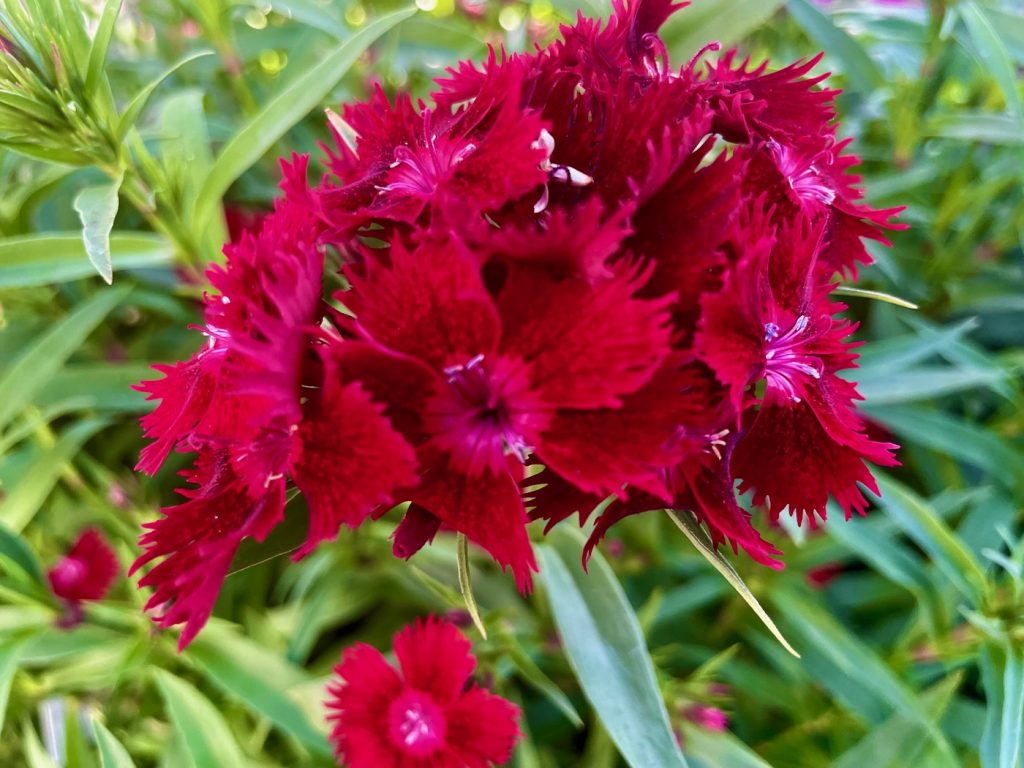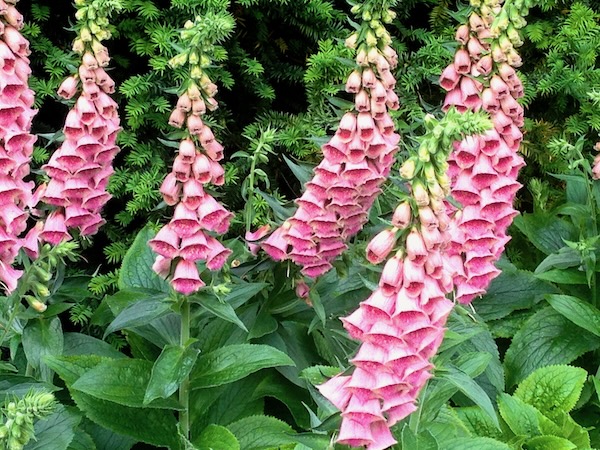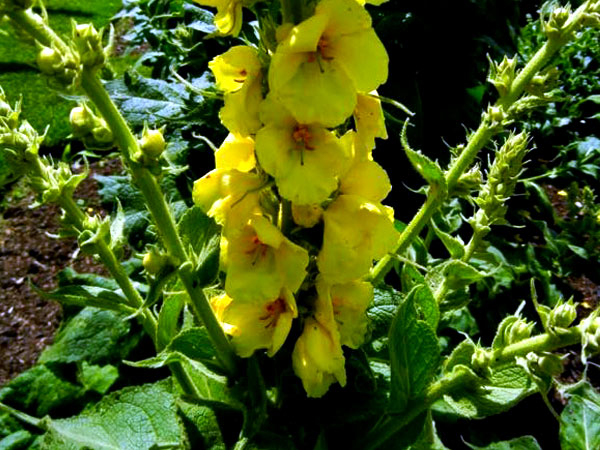Unveiling the Althaea rosea: Origins, Family, and Discovery
Althaea rosea, commonly known as Hollyhock, Alcea rosea, Common Hollyhock, Althaea sinensis, or Althaea mexicana, is a strikingly tall biennial or perennial plant that adds a touch of elegance to any garden. Belonging to the Malvaceae family, Hollyhock found its way to Europe from China during the fifteenth century. It was originally referred to as “Holyoke” and has since become a beloved and cherished plant. One of the notable features of the Hollyhock is its beautiful heart-shaped leaves, further enhancing its visual appeal.
Embracing the Splendor: Characteristics and Floral Symphony
Hollyhocks possess a regal stature, standing tall and proud against walls or fences. These magnificent plants can reach heights of up to 9 feet, providing a vertical statement in your garden. The flowers of Hollyhock come in both single and double forms, offering a diverse range of petal arrangements and colors. From soft pastels to vibrant hues, Hollyhocks paint the landscape with their stunning blooms. The flowering season typically occurs during the second year, although early sowing may result in flowers appearing in the first year. Apart from their captivating flowers, Hollyhocks have the added benefit of attracting butterflies, enhancing the enchanting ambiance of your outdoor space.
Cultivation of Althaea rosea:
Sunlight: Hollyhocks thrive in full sun, although they can tolerate partial shade. However, deep shade should be avoided as it may hinder their growth and diminish their floral display.
Watering: Regular watering is crucial for Hollyhocks, especially during hot and dry periods. Ensure the soil remains consistently moist, providing sufficient hydration to the plant’s roots. Deep watering is recommended to ensure the water reaches the lower levels of the soil.
Soil: Hollyhocks prefer well-drained and fertile soil. Prior to planting, enrich the soil with organic matter such as compost or well-rotted manure. This will enhance the soil’s fertility and provide a nutrient-rich environment for the plants to thrive.
Pests and Disease: Hollyhocks are susceptible to certain pests and diseases, including hollyhock rust, aphids, and slugs. To protect your plants, employ natural pest control methods such as using insecticidal soap or neem oil. Regular inspection and prompt action can help prevent infestations and keep your Hollyhocks healthy.
Propagation: Althaea rosea can be propagated through seeds or division. Sow the seeds in the spring, around 1/2 inch deep and 2 inches apart. Seedlings should be spaced 18 to 24 inches apart. Division can be done every 3 to 4 years to maintain plant vigor. Dig up the plant in fall or spring and use a sharp spade to divide the rootball into multiple sections. Replant the divisions promptly.
Extra Care and Container Gardening:
Althaea rosea can be grown in containers for those with limited space or who want to add a touch of beauty to patios or balconies. Choose a container that is at least 18 inches deep and wide, providing ample room for root growth. Fill the container with a well-draining potting mix and water the plant thoroughly after planting. Monthly fertilization during the growing season will ensure optimal growth and blooming.
Hollyhocks, with their towering presence and captivating flowers, bring a touch of grandeur and elegance to any garden. Whether adorning walls, fences, or containers, these majestic beauties create a visual spectacle that is sure to enchant both gardeners and admirers alike. Nurture their growth with care and watch as Hollyhocks transform your outdoor space into a mesmerizing haven of natural beauty.

Read also Hollyhock





